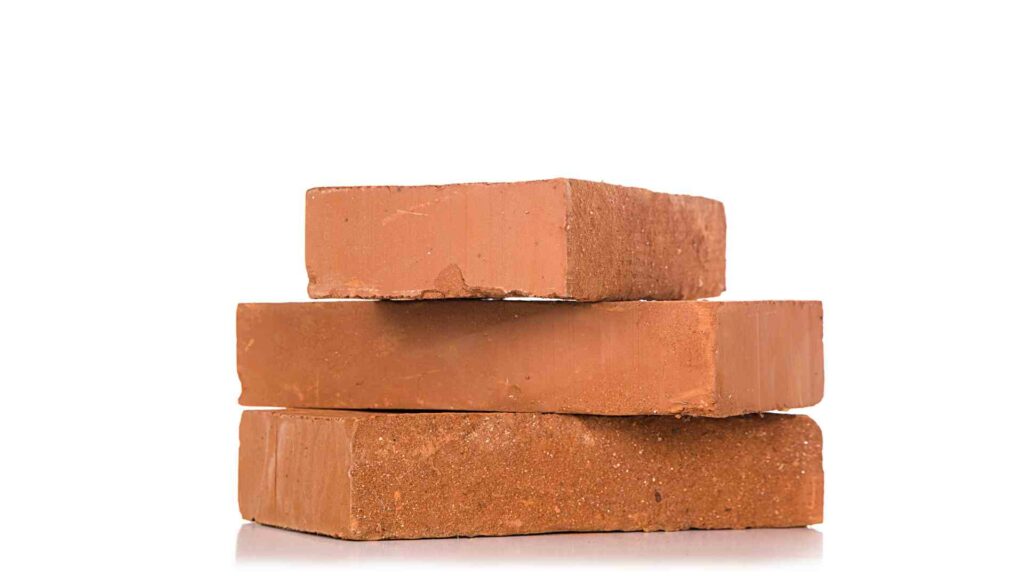How Tesla and Boron Improve Performance
Tesla is an American electric vehicle manufacturer and clean energy company headquartered in Austin, Texas. Tesla manufactures electric cars and battery energy storage from home to grid-scale, solar panels, solar roof tiles, and other products and services. With a market capitalization of almost $1 trillion, Tesla is one of the most valuable automobile manufacturers globally. It uses lithium – battery – and boron – neodymium magnets – to deliver alternative energy sources and boron to provide a lighter, more muscular frame.
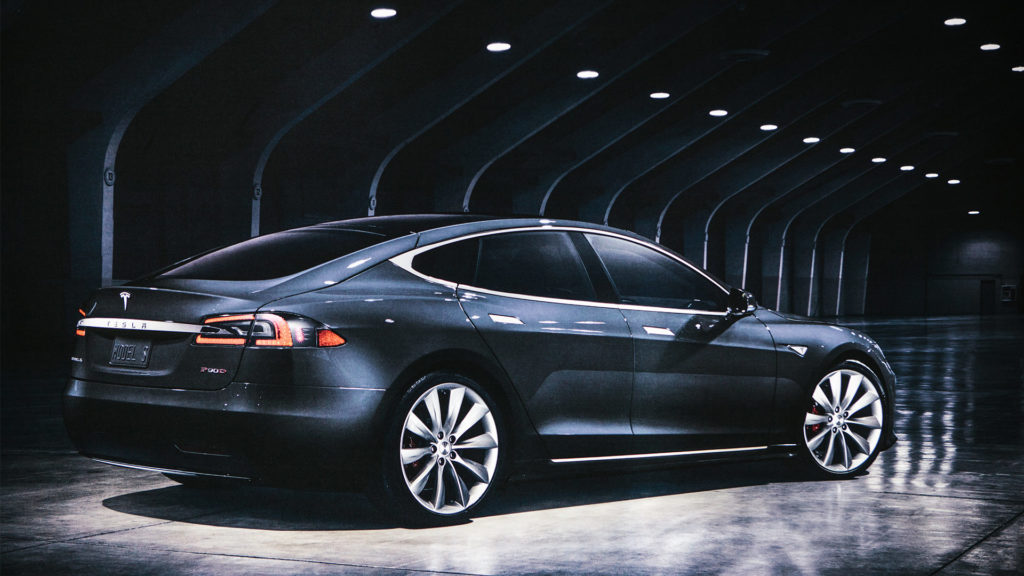
Lithium and Boron help Tesla Perform
Tesla’s Electric Vehicles
Tesla’s headquarters are in Austin, Texas, US. The organization’s primary work revolves around automotive, energy generation, and storage in the industry sector. The company focuses on the design, development, manufacturing, and sales of electric vehicles in the automotive industry.
Tesla uses lithium and boron to power its cars. Tesla does not use traditional methods to get energy. Lithium-ion batteries are lighter than other battery types for electric vehicles. The neodymium magnets in its powertrain contain boron. In Addition, Tesla manufactures battery energy storage from home to grid-scale, solar panels, and solar roof tiles.
Martin Eberhard and Marc Tarpenning founded the company Tesla Motors in July 2003. The name of the company is a tribute to the inventor Nikola Tesla. Elon Musk founded X.com in February 2004#. He became the largest shareholder and chairman. Since 2008, he has been the Tesla CEO. Elon Musk founded SpaceX in 2002 to reduce space transportation costs to colonize Mars. At almost $1 trillion market capitalization, Tesla is still the most valuable automobile manufacturer globally.
[#Elon Musk 2001 envisioned Mars Oasis, a project that would land a miniature greenhouse on the planet and grow plants. To regain public interest in space exploration and increase NASA’s budget, he announced that this project would be “the farthest that life has ever traveled.” Elon Musk founded SpaceX in 2002 to reduce space transportation costs to colonize Mars.]
Tesla Models Rely on Extraordinary Materials
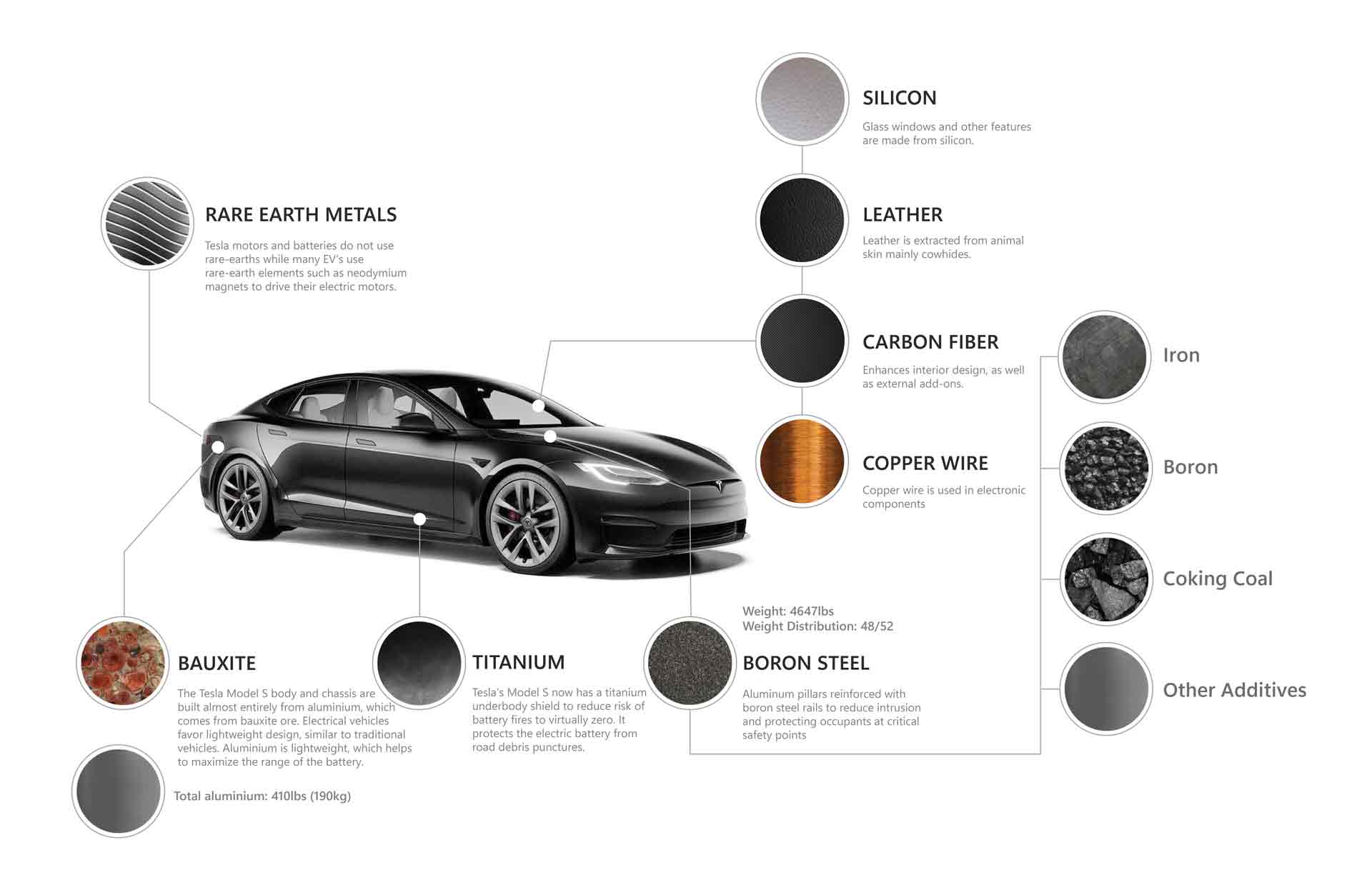
Tesla Auto Materials
Critics have praised the car’s safety rating, range, and design. However, it is also worth considering that the incredible materials used in the Tesla Model S help make all of these things possible.
Tesla and Boron
Battery Profile in Tesla Cars
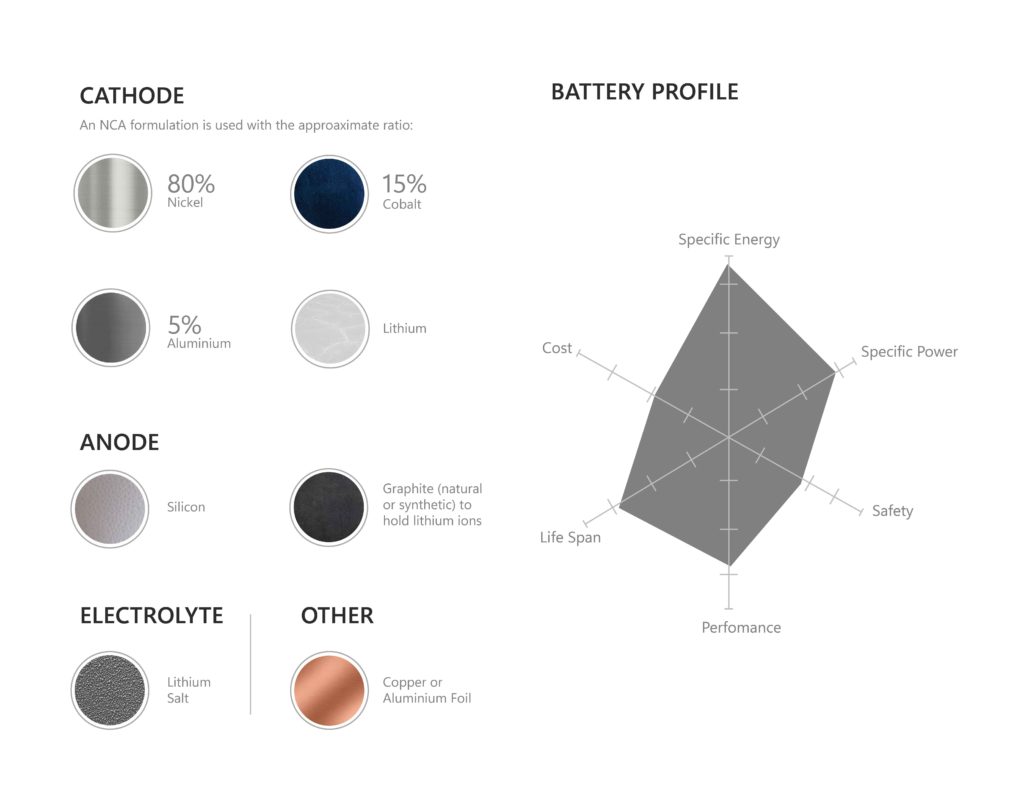
Tesla Battery
The Tesla battery pack weighs 1,200 lbs (540 kg), equal to about 26% of the car’s total weight. At 44.5 centimeters off the ground, the car’s center of gravity is at its lowest point ever. The battery itself contains 7,104 lithium-ion battery cells. Here’s what’s in each cell.
- Model S batteries are made of NCA cathodes, with a nickel/cobalt/aluminum ratio of about 80% nickel, 15% cobalt, and 5% aluminum. The cathode also contains a small amount of lithium.
- Graphite is used as an anode to hold lithium ions. Silicon is also likely used in the anode in small amounts.
- Lithium salt is the electrolyte.
- In addition to copper, aluminum foil is used in the battery.
In addition, the battery is also used electronic devices, mainly by Panasonic, Sony, and Samsung. Cordless vacuum cleaners are also equipped with NCA batteries.
The two materials, NCA and NMC, have related structures. They have pretty similar electrochemical behavior and show identical performance. In particular, you can witness relatively high energy densities and relatively high performance. It is estimated that the NCA battery of Model 3 contains between 4.5 and 9.5 kg of cobalt and 11.6 kg of lithium.
Powertrain – Boron-powered Neodymium Magnets
A Neodymium magnet is a type of permanent magnet that uses the power of neodymium (NdfeB), one of the strongest substances known. Neodymium magnets are part of the electric powertrain, as it acts as the stator or part of a traditional electric motor that does not move.
Neodymium magnets in electric motors have more advantages than other magnets, especially in high-performance motors or where reducing size is a crucial factor. Bearing in mind that all new technologies aimed at reducing the overall size of the product, it is likely that these engines will soon take over the whole market.
Neodymium magnets are increasingly used in the automotive industry and have become the preferred option for designing new magnetic applications for this sector. In electric motors, neodymium magnets perform better when the motors are smaller and lighter.
From the engine that spins a DVD to the wheels of a hybrid car, neodymium magnets are used throughout the vehicle. A neodymium magnet with a low degree of coercivity may lose strength if heated to more than 80°C. High coercivity neodymium magnets have been developed to operate at temperatures up to 220°C, with slight irreversible loss. The need for a low-temperature coefficient in neodymium magnet applications has led to several grades to meet specific operational requirements.
Tesla focuses on research and development. Its critical engineering and design activities help support its new product development. The organization uses intense research and development to produce fresh and innovative products in powertrain technology. Tesla has the upper hand in vehicle engineering, innovative manufacturing, and energy storage. Its powertrain and battery pack feature a modular design. This helps the vehicles from the future generation to integrate with this technology. According to Statista. demand is set to soar for the emotion-infused agents through to 2025:
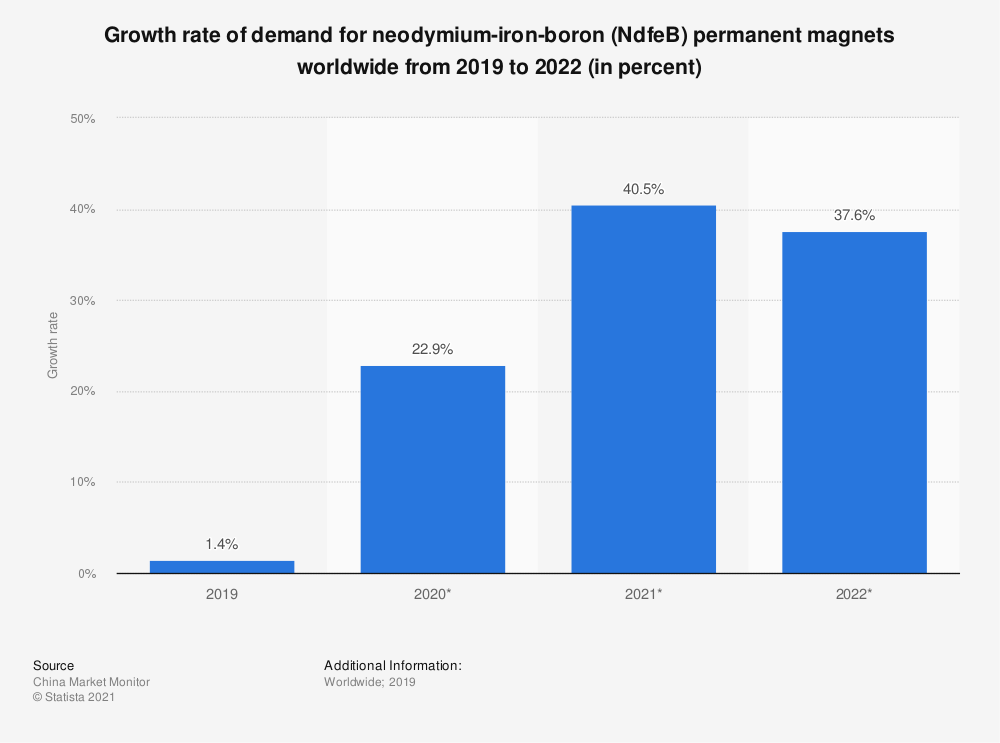
Demand for Boron Permanent Magnets -2025
Source: Statista
Body/Frame – Boron Steel
Tesla Model S’s body and chassis are made from aluminum. We get aluminum mostly from bauxite ore. The lightweight aluminum helps increase the battery’s range much more than the other electric vehicles. Boron plays a critical role in reinforcing aluminum here. High-strength boron steel is essential at essential points of safety. Iron, boron, coking coal, and other additives are the main components of boron steel.
In Tesla Model 3 and Tesla Model X, we can find LiNi, Lithium Nickel. With a few exceptions, current electric cars, as of 2019, use either NCA or lithium nickel manganese cobalt oxides.
Tesla Glass Windows – Silicon Inside
Silicon is used in Glass windows and other features in the Tesla EV Cars. Silicon, otherwise known in its chemical form as Silicon dioxide, is the second most abundant element on the surface of the Earth and is used in many modern-day electric cars. Silicon is cheaper than similar products such as Indium and Gallium and, therefore, offers a cost-effective and efficient solution to EV design.
Future Car Batteries: Lithium or Boron?
There is a focus in the industry on redesigning cars, buses, and HGVs using lithium-ion batteries as part of the Government’s Road to Zero strategy. Conversations and discussions center on whether there are sufficient lithium and cobalt resources to replace the two billion vehicles running on petrol/diesel. However, there may also be a better solution using boron and hydrogen.
Boron is plentiful, with billions of tonnes of reserves in Turkey alone, compared to 15 million tonnes of lithium worldwide. And there is no shortage of hydrogen. Boron-hydrogen fusion is the new open secret. It has become a possibility recently with the invention of the Chirped Pulse Amplification laser, for which Gerard Mourou and Donna Strickland won the Nobel prize in 2018.
Musk says that Tesla was founded to accelerate the transition to sustainable transport and energy. This can be achieved through solar power and electric vehicles. Lithium-ion batteries also have more storage capacity than lead-acid batteries used by other manufacturers. Tesla’s design enables them to perform at high speeds while maintaining safety standards.
Electric Vehicle Batteries Benefit from Boron
Two main features work in favor of boron. Initially, it does not release any radioactive waste. Secondly, it can produce electricity directly. Boron and hydrogen lead to alpha particles with helium atoms lacking electrons.
The vehicles need electrons to neutralize their change. Electric current is pushed via a circuit similar to the drive motors of a vehicle. Even though the technology seems far away, we may see cars using boron hydrogen fusion on the road in the next decade.
In 2017, Cambridge University Press released a paper describing simulation. Here, 14 milligrams of hydrogen and boron-11 could release 300 KWh of energy. The Tesla long-range Model S goes 370 miles with a 100kWh battery. Therefore, one gram of hydrogen-boron fuel can drive close to 80,000 miles. Forget the problems of refueling. The future of advanced energy is there to be commercialized.




